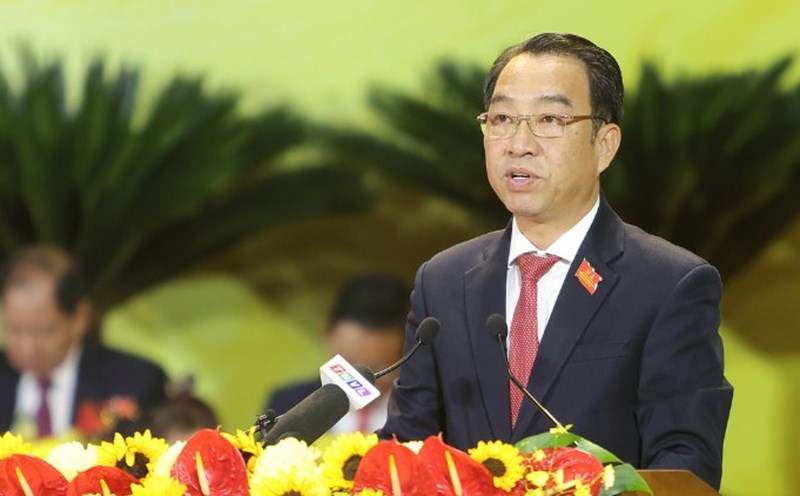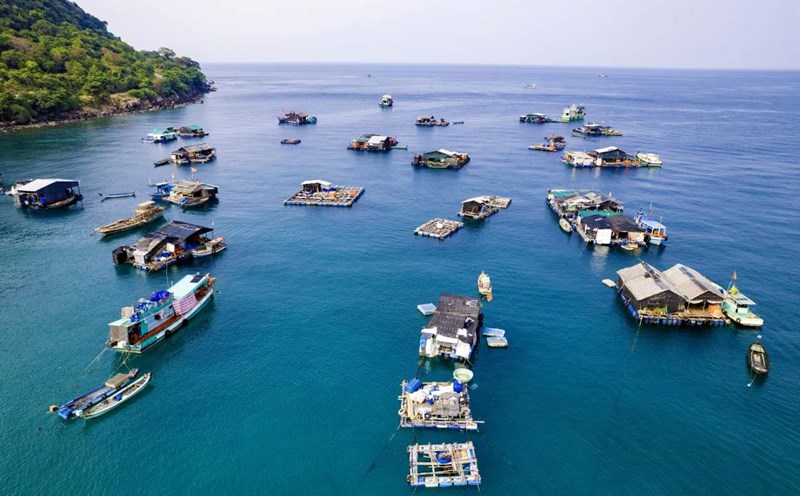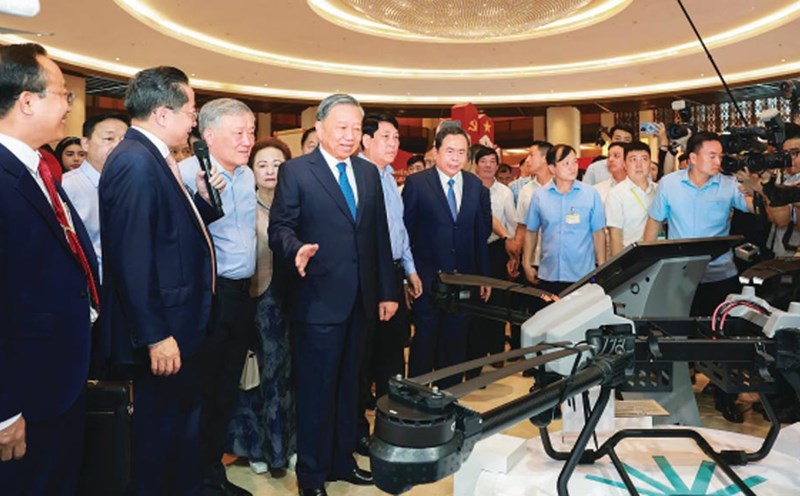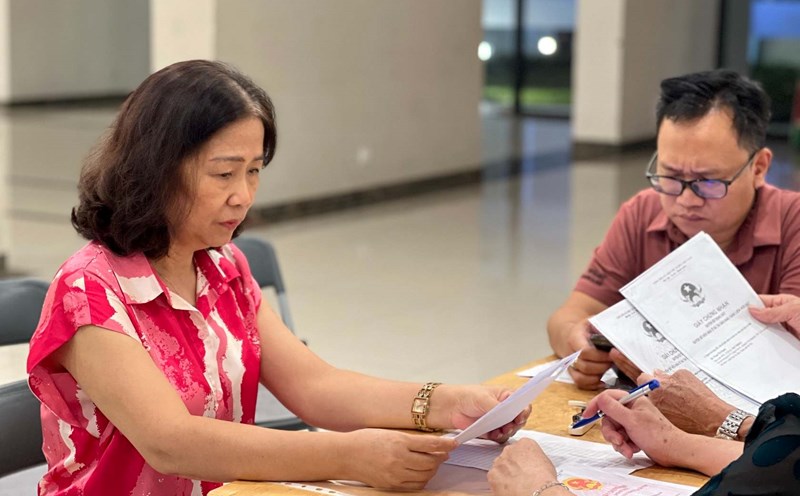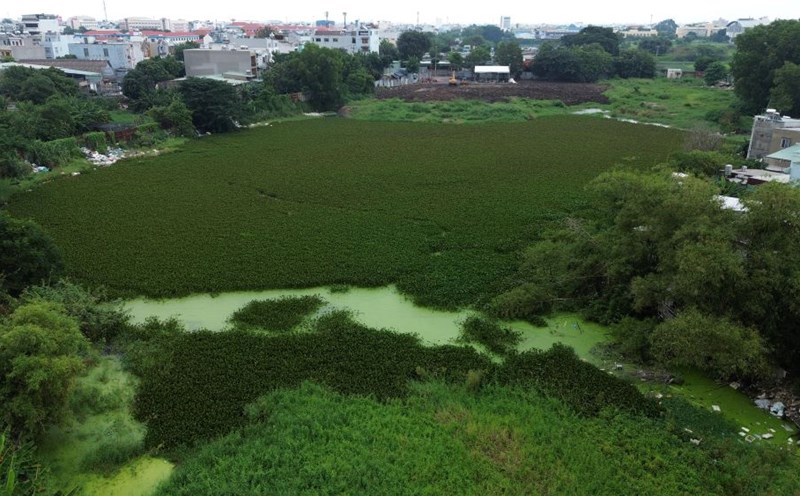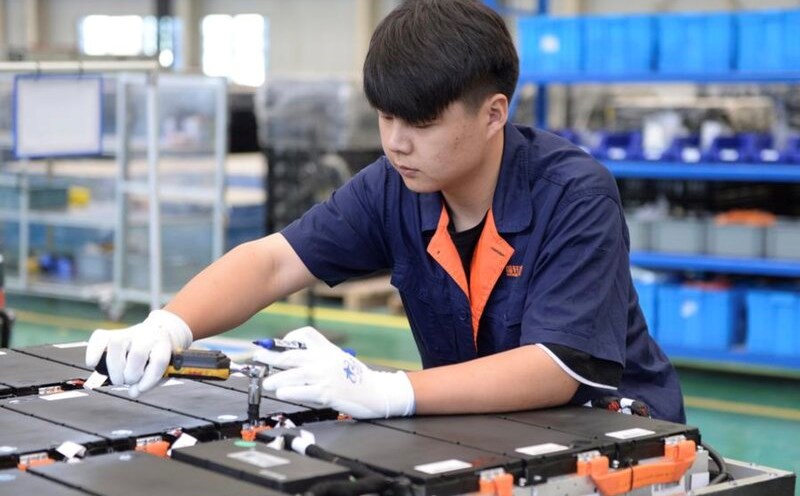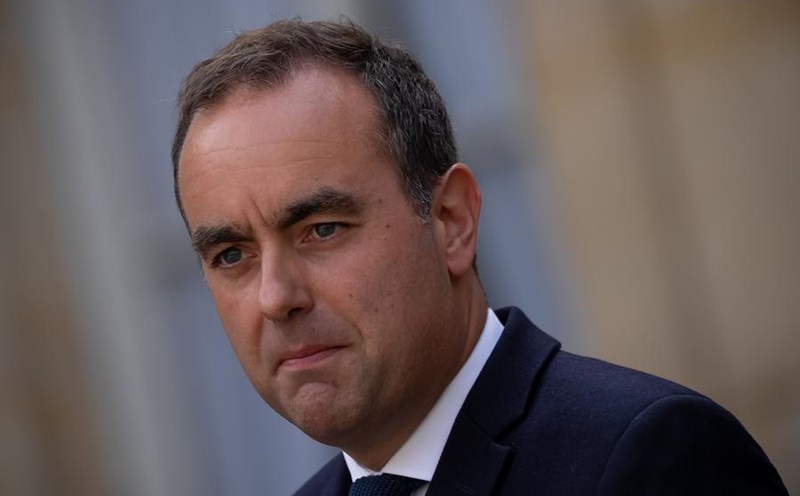Realizing the "small economic dream"
The Draft Political Report of the 1st Ho Chi Minh City Party Congress (term 2025 - 2030) identifies the marine economy as a spearhead economic sector, one of the most important driving forces for Ho Chi Minh City's growth in the new development period.
After merging with Binh Duong and Ba Ria - Vung Tau, Ho Chi Minh City will become a special urban area with a coastline stretching from Can Gio to Vung Tau, Ho Tram and Con Dao - opening up an unprecedentedly large space for marine development.
In the marine economic development strategy, Ho Chi Minh City identifies three key areas: Maritime economy and logistics; oil and gas - energy - renewable energy; tourism and marine urban areas.
Ho Chi Minh City is orienting the development of the Cai Mep - Thi Vai - Can Gio smart port - logistics cluster according to the digital super port model and integrated logistics system, operated on the Big Data platform. The goal is to form a leading marine logistics center in Southeast Asia, a gateway to directly connect with global supply chains.
This port cluster will be part of the chain of linkages between seaports - airports - free trade zones (FTZ), creating a modern, smart and sustainable logistics ecosystem. Currently, logistics is one of the five development pillars of Ho Chi Minh City, contributing 10 -15% of the city's GRDP.
To increase connectivity, Ho Chi Minh City has assigned Becamex Group to study investment in the Bau Bang - Cai Mep specialized railway line (127km long, total investment of nearly 153,000 billion VND). This route will operate at a speed of 160km/h for passenger ships and 120km/h for cargo ships, directly connecting the industrial parks of Binh Duong and Dong Nai with the Cai Mep - Thi Vai deep-water port cluster, reducing logistics costs and improving competitiveness for the whole region.
Developing oil and gas and renewable energy is an advantage inherited from the energy industry platform of Ba Ria - Vung Tau. With experience in oil and gas exploitation, liquefied natural gas (LNG) and great potential for offshore wind power, solar energy, Ho Chi Minh City can completely become a renewable energy center of the Southern region.
Regarding marine tourism, if Ho Chi Minh City previously had a marine but had not yet fully exploited the potential of Can Gio, after the merger, the expanded marine space will help the city have the opportunity to develop a coastal urban - tourism chain from Vung Tau, Long Hai, Ho Tram to Can Gio. The highlight of this series is the Can Gio coastal urban tourism area (scale of 2,870ha, total capital of nearly 9 billion USD), expected to welcome 8 - 9 million visitors/year after 2030.
Infrastructure decides success
According to Architect Ngo Viet Nam Son, for the marine economy to develop sustainably, regional infrastructure must be invested synchronously. Expressways, railways, seaports, and airports need to be connected seamlessly between Ho Chi Minh City - Mekong Delta - Southern Central Highlands, forming a trans-regional transportation - logistics axis.
Mr. Son said that it is necessary to urgently invest in the coastal route extended from Go Cong - Can Gio - Vung Tau. This route not only creates a coastal economic - tourism corridor but also closely connects provinces with seas in the merged area.
The most feasible option is to extend the Ho Chi Minh City Ring Road 4 route through Can Gio, connecting the Can Gio - Cai Mep - Thi Vai super port, and connecting with the coastal route of the Mekong Delta.
Need for flexible institutions
According to Associate Professor, Dr. Tran Hoang Ngan - Member of the National Financial and Monetary Policy Advisory Council, seaports, airports, logistics and FTZ will be factors to elevate the brand of Ho Chi Minh City, along with the international financial center.
Mr. Ngan emphasized: "From international transit ports, the seaport economy will lead to the development of commodity markets, derivatives exchanges, international payments... opening up opportunities for Ho Chi Minh City to become an international financial center associated with seaports".
However, to achieve this goal, financial resources are a key issue. According to calculations, Ho Chi Minh City needs about 1 million billion VND in investment capital each year, of which infrastructure alone accounts for half. In the 2026 - 2030 period, the budget can only meet about 200,000 billion VND, the rest must be mobilized from the private sector, foreign investment and land resources.
To attract this capital, Mr. Tran Hoang Ngan said that Ho Chi Minh City needs a truly flexible, open-minded institution with international competitiveness. Currently, the city is proposing to amend and supplement Resolution 98 to perfect specific mechanisms, including the content of developing super ports - Cai Mep Ha FTZ area, as well as policies to attract strategic investors in the fields of seaports, logistics, energy and finance.
The 1st Congress of the Ho Chi Minh City Party Committee, term 2025-2030, took place from October 13 to October 15. The official session opened on the morning of October 14 with 550 delegates summoned.


